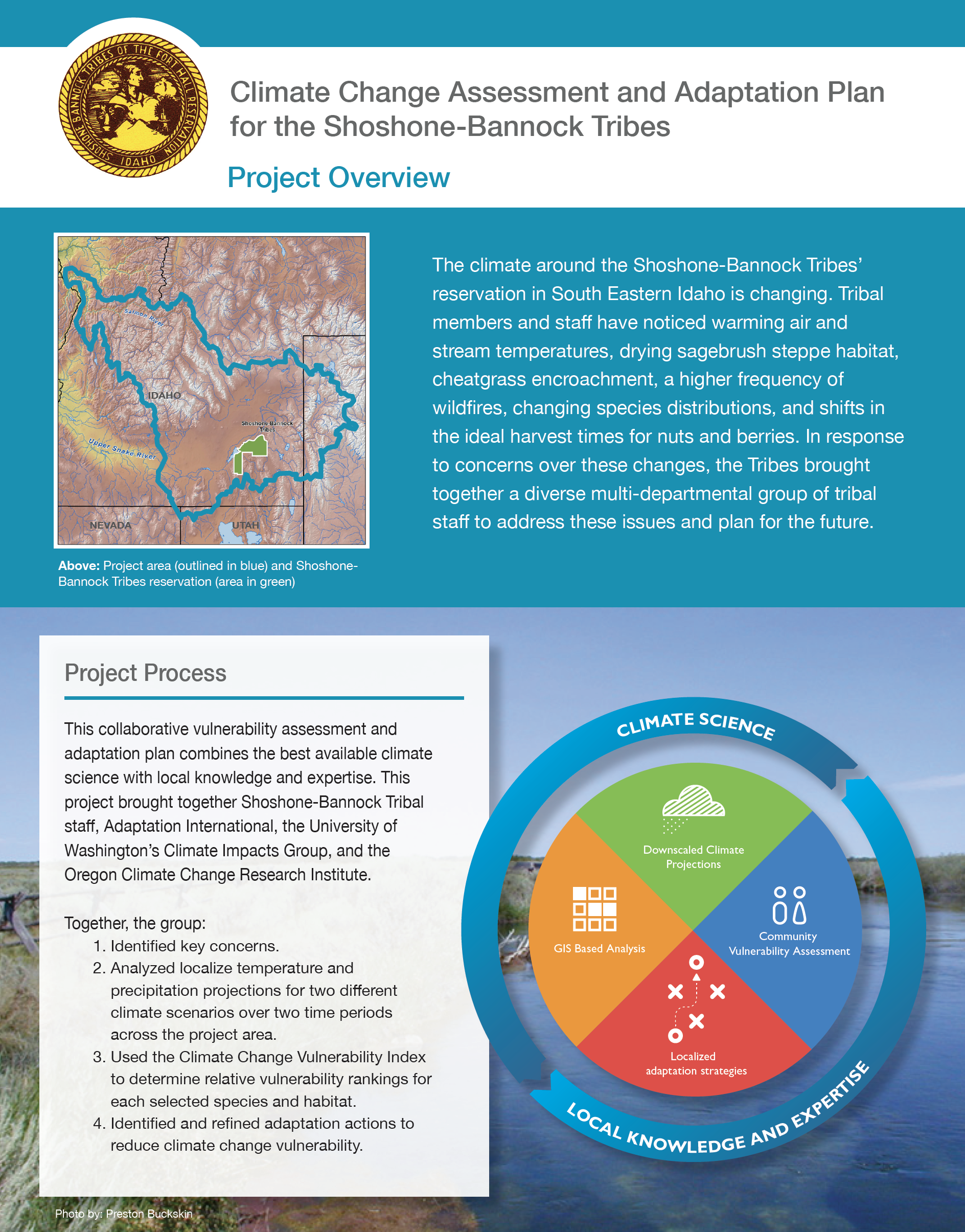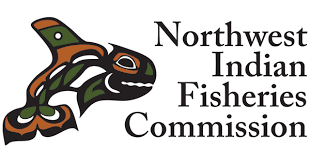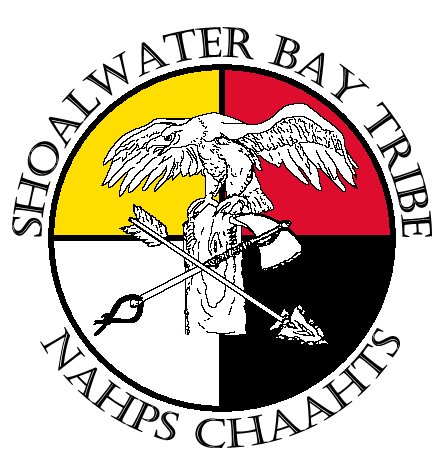
Adaptation International is fortunate to have been able to partner with over 20 Tribal governments, consortiums, and communities across the country on emergency management, resilience, and climate change adaptation. We support Tribal decision-makers, department leads, and partner organizations to integrate Traditional Knowledges and western science in the process of understanding and reducing the impacts of climate change on the Tribes’ natural, infrastructure, economic, and cultural lifeways. Select projects are featured below.
select projects
The Tribal Adaptation Guidebook, created in partnership with the Tribal Advisory Committee and Oregon State University, features five (5) key steps to support Tribal Adaptation Professionals to complete the climate adaptation planning process in their own communities.
Shoshone-Bannock Climate Adaptation Project Overview. This is one of a series of fact sheets designed to highlight the project and vulnerability and adaptation options for key species of concern
The Upper Snake River Tribes Foundation Vulnerability Assessment focused on collaboratively defining the vulnerabilities of culturally significant species for the four (4) partner Tribes.
Tribal Adaptation Guidebook
The new Tribal Climate Adaptation Guidebook website is now Live! We are grateful to have had the opportunity to collaborate with the Oregon Climate Change Research Institute at Oregon State University and a large group of tribal community advisors on a project funded by the North Pacific Landscape Conservation Cooperative to develop a new tribally focused climate adaptation guidebook. Both the website and the original Tribal Climate Adaptation Guidebook builds on the ongoing climate-related work in tribal communities, provides a framework for climate change adaptation planning in the context of existing tribal priorities, and directly considers the unique issues facing Indigenous communities. Specifically, this Guidebook directs readers to the foundation of existing resources and tribal adaptation efforts. It identifies opportunities for braiding together Traditional Knowledges and Western Science in developing adaptation plans. The framework outlined here will be useful for tribes in different phases of climate adaptation planning efforts. The framework also supports learning from the experiences, approaches, and lessons of tribes working to become more resilient to climate change. The Tribal Climate Adaptation Guidebook is designed to support tribes’ efforts to proactively adapt to climate change and thrive for generations to come.
Shoshone-Bannock Adaptation Plan
The Shoshone-Bannock Tribes, comprised of many bands of Shoshone and Bannock peoples whose very culture and history is intertwined with the lands in which they live, have historically subsisted through hunting and gathering. The Snake River Watershed, in present-day Idaho, continues to sustain the Tribes’ cultural, spiritual, dietary, and economic needs. Climate change presents a threat to critical cultural resources, thereby also threatening the lifeways and wellbeing of the Tribes. This creates an urgent need to build climate resilience to protect and preserve these resources for future generations.Adaptation International partnered with the Shoshone-Bannock Tribes to complete a natural resource focused climate change vulnerability assessment and develop an adaptation workbook of actions that the tribe can use to enhance the resilience of a variety of critical habitats and species. Read more by clicking on the following links: Shoshone-Bannock Tribes Climate Change Adaptation Plan (Executive Summary), Shoshone-Bannock Tribes Climate Change Adaptation Plan, and Species Specific Fact Sheets and Adaptation Options.
USRT Vulnerability Assessment
In 2020, we completed a collaboration with the Upper Snake River Tribes Foundation (USRT) to conduct a natural resource-focused climate change vulnerability assessment and adaptation plan for the Upper Snake River Watershed and the USRT's four member tribes. The project spans hundreds of miles from the Burns Paiute Tribe in eastern Oregon to the Shoshone-Bannock Tribe in eastern Idaho. We completed the collaborative climate change vulnerability assessment by work closely with our project partners the Oregon Climate Change Research Institute and the Climate Impacts Group and tribal staff members to evaluate the climate related vulnerabilities of key species, habitats, and resources of shared concern to the four USRT Tribes. Learn more by viewing the Project Overview, Executive Summary, and the summary sheets for shared resources of concern: Big Sagebrush, Chinook Salmon, Chokecherries, Columbia Spotted Frog, Geyer's Willow, Jackrabbit, Mule Deer, and Riparian Habitats. If you really want all the details, read the full report and the appendices.

















